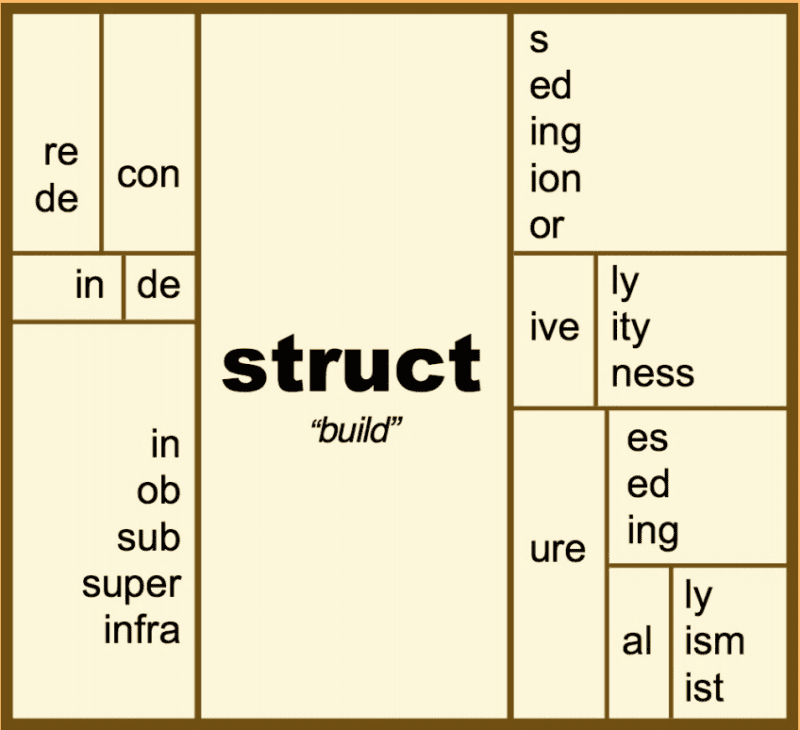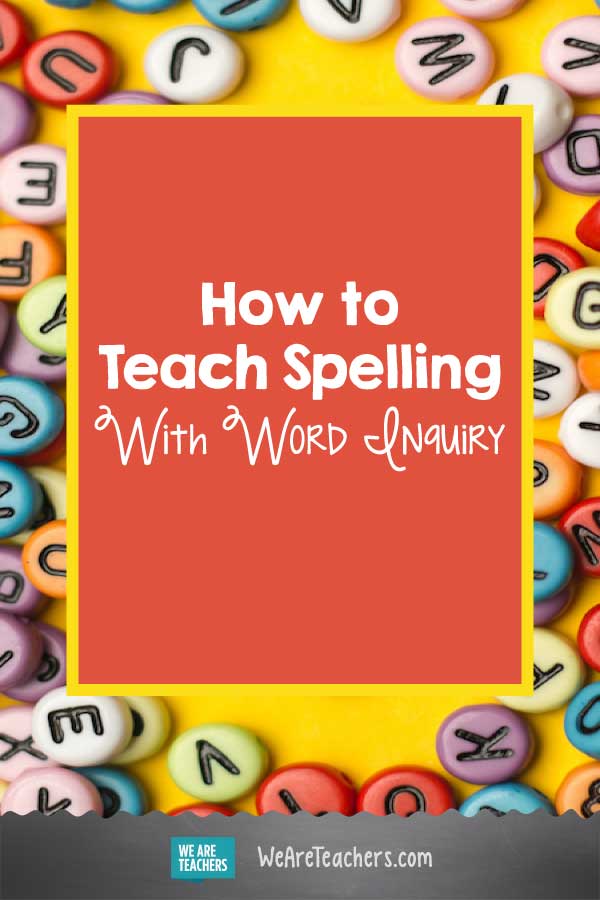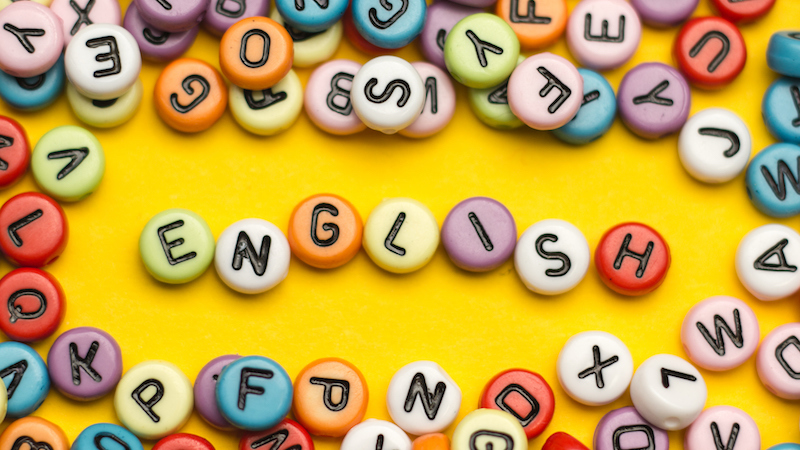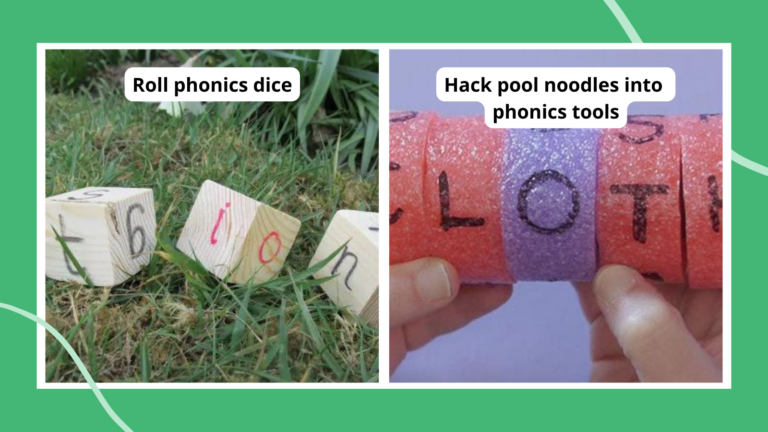You don’t have to be a teacher to want to laugh at how bizarre the English language can be. But if you are a teacher, your laughter may turn to tears the next time one of your students mixes up the homophones “two,” “to,” and “too.”
Most of us learned that the English language is made up of rules and when a word doesn’t follow rules it’s called irregular. But this approach can be frustrating to both teachers and students alike.
Is it “c-a-t” or “k-a-t?” If <k> represents the /k/ sound, then why does “know” start with the /n/ sound?
We know how strongly you want to shout “just because!” when you receive a question like this. But the truth is, any time you answer with “because that’s the way it is,” you risk sending the message that your student isn’t smart enough to catch up or that their curiosity to just too much. Most importantly, you might not be helping students for whom sounding it out is just not working, setting them up to feel like bad readers.
That’s where structured word inquiry (SWI) can help. Using these guidelines, you can bring basic word inquiry into your elementary school classroom to ignite your students’ curiosity and prepare yourself for the next time someone utters that dreaded “why?”
First Things First: Structured Word Inquiry Foundations
There are a few essential guidelines to remember when planning your word inquiry activities.
Good questions guide the way.
One of the neatest things about SWI is that children are learning through asking and answering their own questions, helping them master the scientific method without even realizing it. See how this second grade teacher helps her students develop, then explore, their theories.
Letters have more than one job.
Word inquiry can be complex, but it has simple building blocks. One fundamental understanding kids need to know is that letters have more than one job. Sometimes their job is to make sounds, but those sounds are not always the same. Sometimes, letters don’t even make a sound, but their job is important nonetheless. Which brings us to understanding number three …
The English language is spelled according to meaning, NOT sound
One of the first lessons children learn is that words are spelled based on how they sound. But any five-year-old is smart enough to call our bluff. If this were actually true, “nose” and “knows” would be spelled the same, and “car” could be spelled “kar,” no problem.
In English, the reason words are spelled the way they are is primarily about meaning and only secondarily about sound. Some letters don’t even make a sound, but their presence adds important etymological markers that signify meaning. For example, “two” is related to “twin,” “twenty,” “twice,” etc. Without the <w> in “two,” how would we know it’s referring to a numeric value?
Graphemes and Phonemes
When you want to incorporate SWI into your classroom, one of the first ways to start is to use the terms “grapheme” and “phoneme” and teach your students to know the difference. In English, one phoneme (or, more simply, sound) can be represented by more than one grapheme. The difference in writing them is that graphemes use <> symbols and phonemes use //. For example, the /k/ phoneme can be represented with a “hard” <c> or <k> grapheme. Think: “cat” and “kite.” Same initial phoneme, different graphemes. This goes for digraphs and trigraphs, too. The “long i” phoneme (/ī/) can be represented with <i> like in “mind” or the <igh> trigraph like in “sigh.” Seems confusing? Watch how this first-grade teacher invites his students to investigate graphemes.
Overwhelmed? Don’t be. Bear with us and try out SWI in your classroom with these simple and fun ways to begin:
1. Cultivate curiosity with a wonder word wall.
Making mistakes is not fun for anyone, especially new spellers. But it shouldn’t be scary to ask questions! Celebrate risk-taking and help your students find the answers to their ambitious questions with a wonder word wall, like the one this second grade teacher uses.
2. Go on a phoneme hunt.
After introducing simple sounds, like long vowels, for example, go for a walk. Have students write (with assistance, if necessary) a list of things they see that contain that sound. For example, on a long E hunt, students might see a tree, the number three, a bee, the sea, a key, a peach, the color green, a baby. Once you are back in the classroom, write down every object and make a list of all the ways the /ē/ phoneme can be spelled. You’ll even surprise yourself!
3. Teach students to spell prefixes and suffixes as one unit.
If students get used to seeing prefixes and suffixes isolated, they will learn to identify base words more easily. This can be helpful for some dyslexic learners, who often benefit from thinking of words in chunks or parts, rather than a series of tiny letters. For example, the word “transition” is less scary when it is thought of as transit + ion. Most students can remember that “transit” has to do with moving on. Slap that -ion on the end, and transition to the next word without fear. Read about how Gina Cooke incorporates SWI with her Orton-Gillingham training to teach spelling to students with dyslexia.
4. Redefine word families and expand your students’ vocabularies.
With traditional phonics-based spelling, word families are presented as groups of words that share similar letter patterns, like mat, cat, hat, sat, bat. But these words share no meaning! Try teaching word families in a new way, this time based on meaning. Your students will find that related words also share letter patterns because they share meaning, too! Introduce a word like “instruct,” which most students are familiar with. Hand out other words in the <struct> family and ask volunteers to read and spell them out loud. Guide students to look at 1) spelling and 2) meaning. Build a word matrix like this one from Real Spellers.

You’ll notice that words in the <struct> family include: instruct, destructive, infrastructure, obstruction, structure. They all have to do, at their core, with building and assembling, and their meaning is modified by the affixes. For this activity, make friends with the free online etymology resource Etymonline, where you and your students can discover the hidden meaning of words!
5. Spell out loud for impact.
When spelling on the board, model your process out loud, naming graphemes like <ee> phoneme “double e” or <oo> “double o.” Read digraphs and trigraphs, like <ea> and <igh>, and any other combination of letters that only makes ONE sound, as a unit. If you make a mistake, model how to laugh it off with your students and try again. The joy of word inquiry is that everybody, even adults, will always have more to discover.
We’d love to hear—have you tried structured word inquiry in the classroom? Come and share your experiences in our WeAreTeachers HELPLINE group on Facebook.
Plus, check out our free Boggle and whack-a-word printables for teaching spelling.


